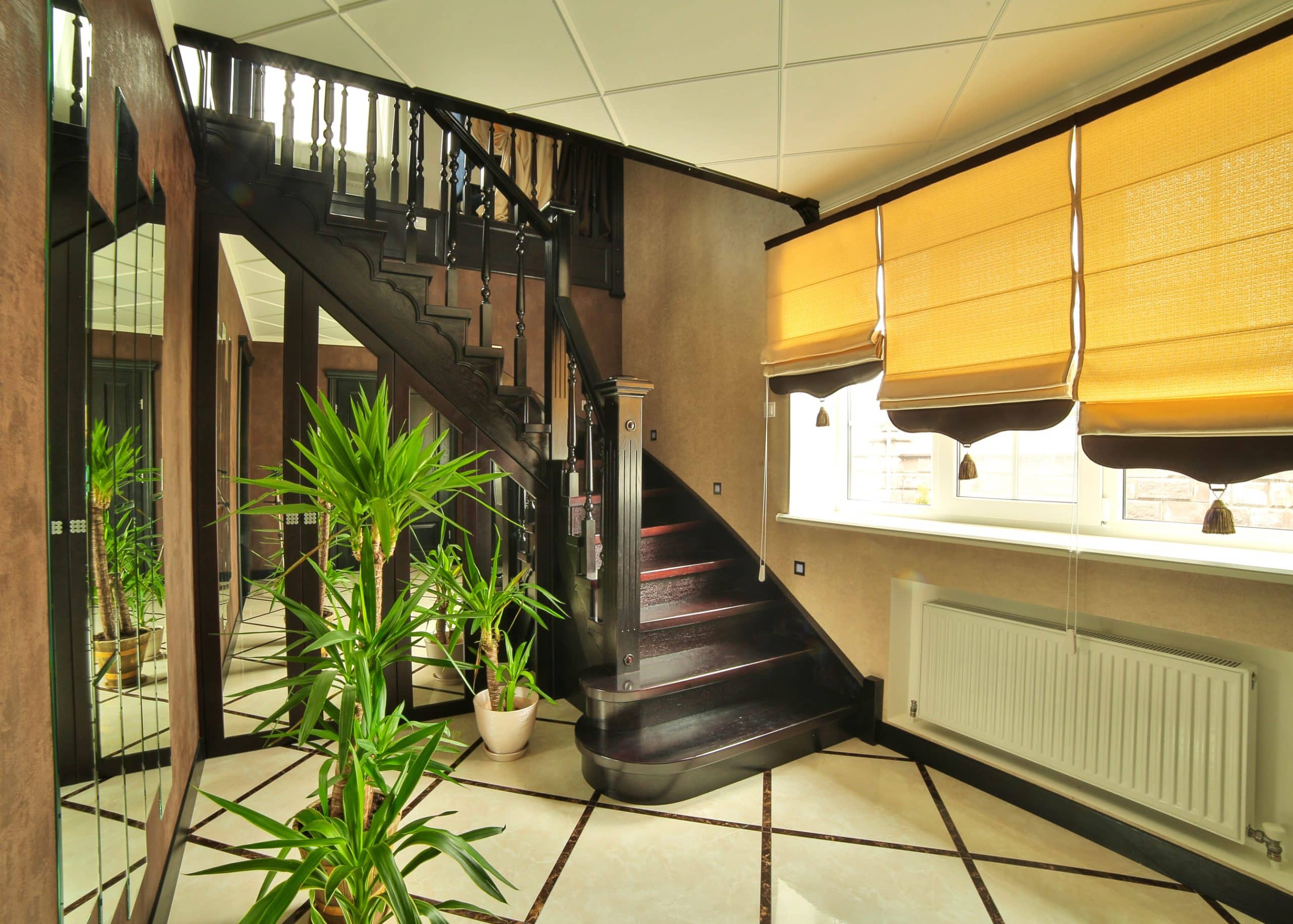Can You Upgrade the HVAC System in a Vintage Mercedes-Benz for Modern Comfort?

Are you someone who loves the charm and nostalgia associated with driving a classic car, yet you crave the comfort of modern amenities? There’s nothing quite like the feel of a vintage Mercedes-Benz on the open road. But let’s face it, comfort is paramount, especially when it comes to temperature control. So, you may find yourselves asking, "Can we upgrade the HVAC system in a vintage Mercedes-Benz for modern comfort?" The short answer is yes. But the process involves understanding the classic air conditioning system, knowing what modern upgrades are available, and weighing the cost-benefits of an retrofit. Let’s delve into the details.
Understanding the Classic Air Conditioning System
Before you decide to upgrade the air conditioning in your classic Mercedes, it’s crucial to understand how the original system works. Classic car air conditioning systems are fundamentally the same as those in modern cars, but they have some key differences.
En parallèle : Discover top-rated anime merchandise every fan will love!
The system operates with a compressor, which is the heart of any air conditioning system, whether it’s in a car or a home. The compressor’s job is to pressurize the refrigerant, causing it to get very hot. After leaving the compressor, the refrigerant travels to the condenser, where it loses heat and becomes a high-pressure liquid.
Next, the refrigerant moves into the evaporator where it boils and becomes a low-pressure gas. As the refrigerant evaporates, it absorbs heat from the surrounding air in the car, thus producing cold air. This cold air is then pushed into the car’s cabin to cool it down.
Avez-vous vu cela : Is real estate a good investment in Mauritius? Explore the thriving market
One of the most significant differences between classic and modern air conditioning systems is the type of refrigerant used. Many classic cars, like the vintage Mercedes-Benz, were designed to use R12 refrigerant, which is not commonly used today.
Modern Upgrades for Classic Car Air Conditioning
Now that we understand how the classic air conditioning system works, let’s look at the modern upgrades that you can consider for your classic Mercedes-Benz.
Firstly, you have the option to replace the old compressor with a modern one. Compared to the older models, modern compressors are more efficient, lighter, and smaller. They are designed to work better and last longer, providing you with more reliable and consistent cooling.
Secondly, you can consider changing the refrigerant in your air conditioning system. As mentioned earlier, the classic Mercedes-Benz was designed to use R12 refrigerant, which is no longer used today due to its high ozone-depleting potential. The modern alternative to R12 is R134a, which is more environmentally friendly and widely available. However, note that you cannot simply replace R12 with R134a because the two refrigerants require different types of oil and have different operating pressures.
Lastly, you can opt for a complete air conditioning system upgrade, which involves replacing all the components of the system, including the compressor, evaporator, and control systems. This option will essentially turn your classic air conditioning system into a modern one, providing you with the superior cooling performance and environmental benefits of today’s systems.
The Cost-Benefit of Air Conditioning Upgrades
While upgrading the air conditioning system in your classic Mercedes-Benz can certainly enhance your driving comfort, it’s important to understand the associated costs and benefits.
The price of an air conditioning upgrade will largely depend on the level of modernization you want. Replacing just the compressor or the refrigerant can cost in the range of a few hundred dollars. However, a complete system overhaul can cost several thousand dollars, depending on the complexity of the job and the specific components used.
On the benefits side, a modern air conditioning system can offer superior cooling performance, greater reliability, and higher energy efficiency. It can also increase the value of your classic car, as many potential buyers appreciate the blend of classic aesthetics and modern comforts.
However, purists may argue that upgrading the air conditioning system can detract from the car’s authenticity and original charm. Therefore, it’s essential to weigh the cost-benefit of the upgrade and decide what is more important to you: preserving the car’s original state or enhancing its comfort and performance.
Required Expertise for HVAC System Upgrade
Retrofitting the HVAC system in a classic Mercedes-Benz is a complex task that requires a high level of expertise. It’s not a job for the average DIY enthusiast.
The process involves several steps, including the removal of the old system, modification of the original fittings and brackets, installation of the new components, and the addition of modern control systems. The system must also be properly tested and calibrated to ensure optimal performance and safety.
If you decide to undertake this project, it’s strongly advised to hire a professional mechanic or a specialist in classic car restorations. They will have the necessary skills and experience to perform the upgrade correctly and safely. However, their services will add to the overall cost of the project, so it’s something you should factor in when deciding to upgrade the air conditioning system in your vintage Mercedes-Benz.
To Retrofit or Not to Retrofit?
The decision to upgrade the HVAC system in your classic Mercedes-Benz is ultimately a personal one. It depends on your budget, your comfort needs, and how much value you place on the car’s originality.
If the classic air conditioning system in your Mercedes-Benz is still functioning well and you enjoy the nostalgia it brings, you may choose to keep it as it is. But if you yearn for a more comfortable and cooler ride, a modern air conditioning upgrade is a viable option.
Just remember to weigh all the factors involved, including the cost, the potential benefits, and the potential impact on the car’s authenticity. And, of course, always seek professional advice before embarking on such a significant project.
Upgrading Vintage Mercedes-Benz: A Detailed Procedure
Upgrading the HVAC system of a vintage Mercedes-Benz requires careful planning and meticulous execution. The process involves removing the outdated components, retrofitting with modern parts, and calibrating the upgraded system for optimal performance.
Firstly, the existing compressor, evaporator, and refrigerant need to be safely removed from the car. This is a complex task that requires understanding of the car’s original design and functioning. Given the age of these classic cars, there could be substantial wear and tear, making the removal process potentially tricky.
The next step is the installation of modern components. A modern compressor, which is smaller, lighter, and more efficient than its older counterpart, gets installed. Following this, the evaporator, which converts the refrigerant from a liquid to a gas, is also replaced with a newer model.
Switching the refrigerant type is another critical aspect of the upgrade. The R12 refrigerant, initially used in these classic cars, is replaced with R134a, an eco-friendly alternative. However, this switch requires careful handling as the two refrigerants necessitate different types of oil and function at varying pressures.
Finally, the entire system must be tested and calibrated. This involves checking for any leaks in the system, ensuring the newly installed components function as expected, and making certain the air conditioning provides consistent cooling.
Creating a Balance: Modern Comfort vs. Classic Aesthetics
Upgrading the HVAC system in your vintage Mercedes-Benz can significantly enhance its comfort and performance. However, it does come with its own set of considerations. One of the most pressing is striking a balance between modern conveniences and maintaining the car’s classic aesthetics.
On one hand, a modern HVAC system can greatly improve the car’s temperature control, making it more comfortable for driving in various climates. This is particularly beneficial if you plan to use the car regularly, rather than keeping it as a showpiece. The upgraded system can provide consistent cooling, potentially increasing your classic auto’s market value due to the unique blend of vintage charm and modern comforts.
On the other hand, classic car enthusiasts often value originality and authenticity. Upgrading the HVAC system could detract from the car’s classic appeal, especially for those who appreciate the nostalgia associated with the original features.
In conclusion, the decision to upgrade the HVAC system in a vintage Mercedes-Benz is a personal one. It’s a fine balance between the desire for modern comfort and the charm of driving a classic car. The cost, the potential benefits, and the impact on the car’s authenticity must all be carefully weighed. Whatever your decision, always remember to consult with an experienced professional to ensure a safe and successful upgrade.
